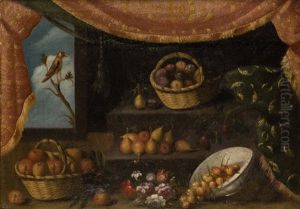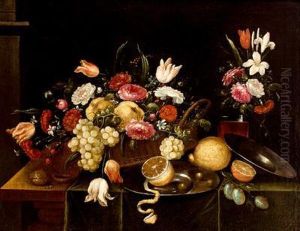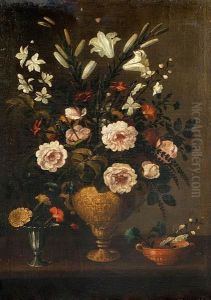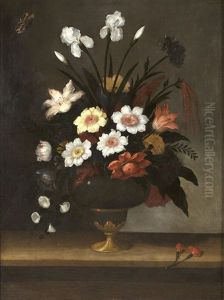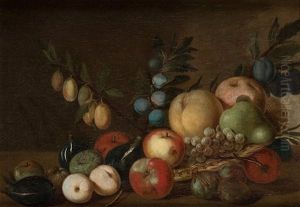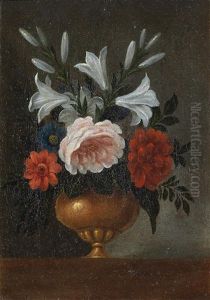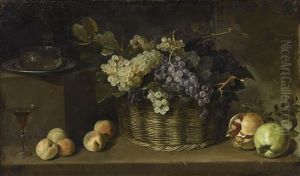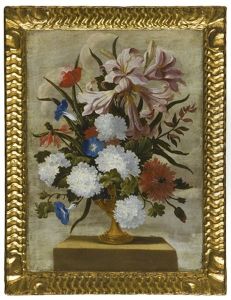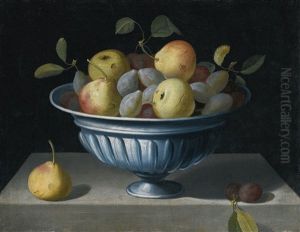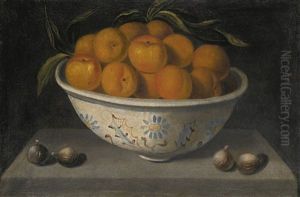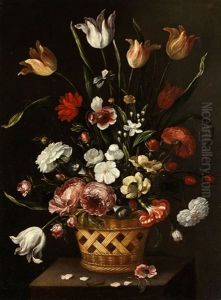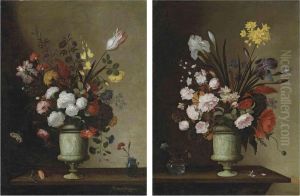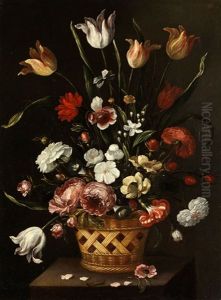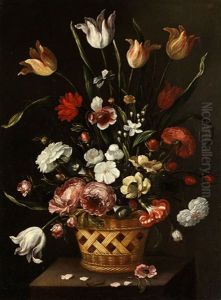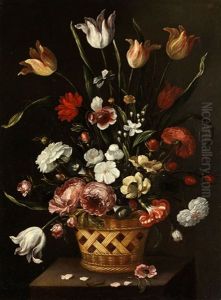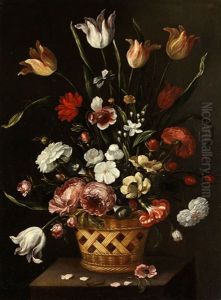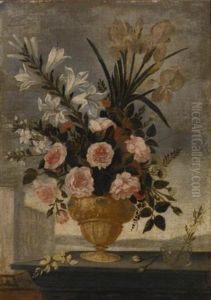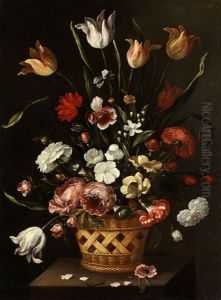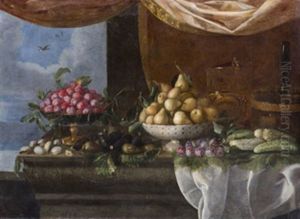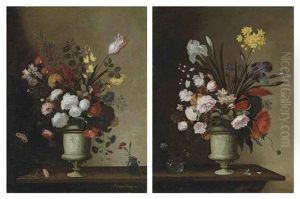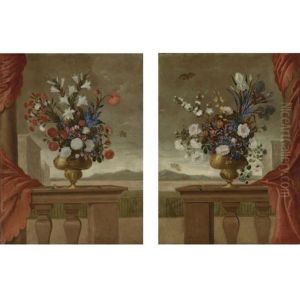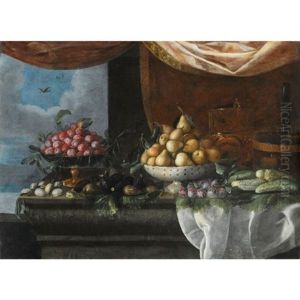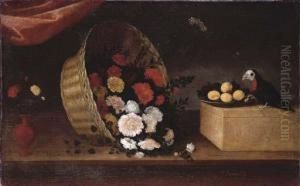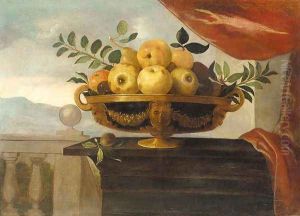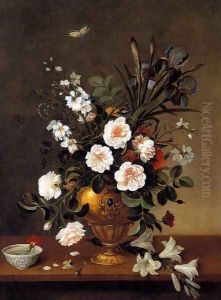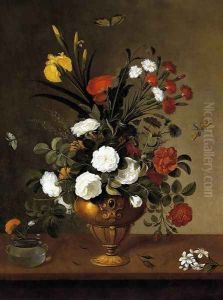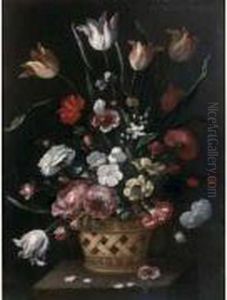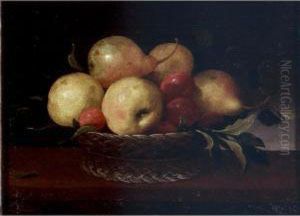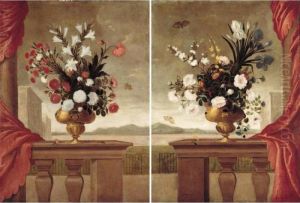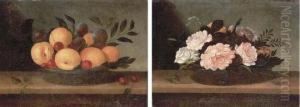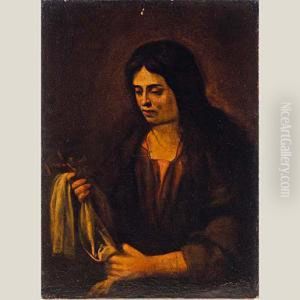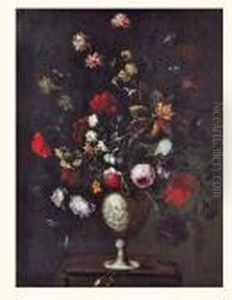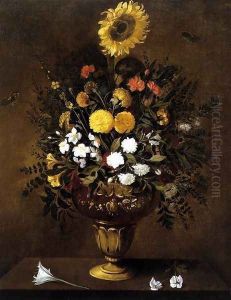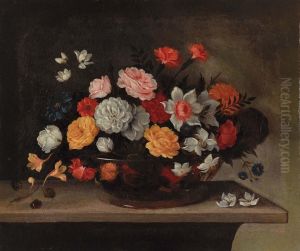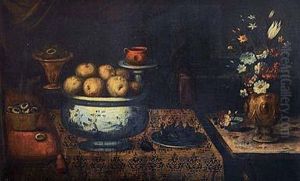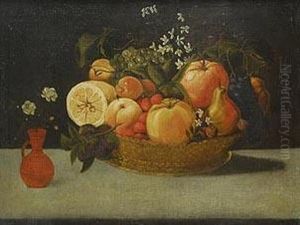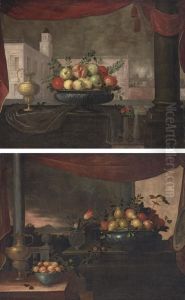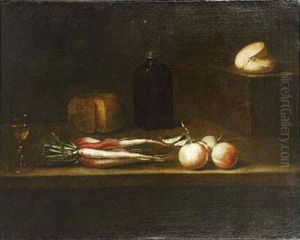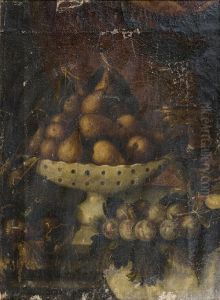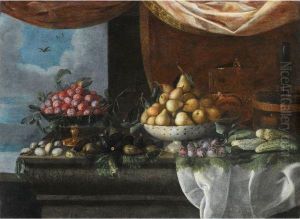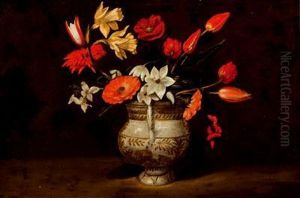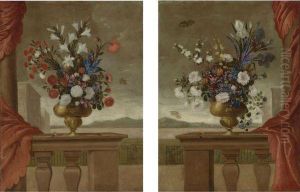Pedro de Camprobin Paintings
Pedro de Camprobín was a Spanish painter and still life specialist from the Baroque period. Born in 1605 in Almagro, Spain, Camprobín showed artistic promise from a young age. His works are characterized by their meticulous attention to detail and the vivid realism of the objects depicted.
Camprobín's still life paintings often feature an array of objects such as fruits, flowers, and vessels, arranged in a manner that emphasizes their texture and materiality. His compositions are noted for their dynamic arrangement and the subtle play of light and shadow, which adds a sense of depth and realism to the depictions.
Throughout his career, Camprobín was influenced by the prevailing artistic styles of the Baroque era, particularly the tenebrism of Caravaggio. He developed his own unique style that contributed to the evolution of still life painting in Spain. Camprobín's work was well-regarded during his lifetime, and he received commissions from prominent figures and institutions, including religious orders.
In addition to his still lifes, Camprobín is known to have worked on religious themes and was involved in the decoration of several churches. His religious works often reflect the same keen observation and detail found in his still lifes, though they are not as frequently encountered today.
Despite his success, Camprobín's work fell into relative obscurity after his death in 1674. It wasn't until the 20th century that art historians began to reassess his contributions to Spanish art, leading to a renewed appreciation of his talent and influence. Today, Pedro de Camprobín is recognized as an important figure in the development of still life painting in Spain and his works can be found in museums and private collections around the world.
